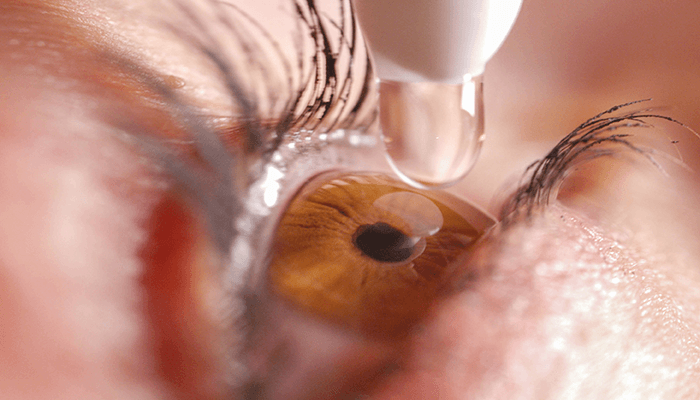
Monkey see? Researchers have developed a non-human primate model of desiccating stress-induced dry eye disease using Rhesus macaque monkeys. The monkeys demonstrated similar clinical symptoms to those shown by humans. Additionally, they showed increased corneal fluorescein staining and decreased tear-film break up time after corticosteroid treatment (1).
Never forget. Tissue-resident memory T cells have been imaged patrolling the surface of healthy human corneas for the first time, indicating that they form in response to ocular infection and remain once the infection has been fought to provide local protective immunity and prevent secondary attacks by the same antigen (2).
Pain management. Severe neuropathic dry eye-like pain reversed in three patients by treating occult surface disease. Patients either responded after 48 hours of significantly relieving the symptoms, or one week after treating superior conjunctivochalasis. Rigorous testing of surface disease may avoid systemic treatments that could cause serious side-effects (3).
Tear jerker. Researchers develop a method to identify biomarkers of health and disease from the proteome of tear fluid. The non-invasive technique uses mass spec to analyze the tear film of the eye, which may one day be used for diagnosing ocular diseases, or even neurodegenerative diseases such as Alzheimer’s disease (4).
Diagnosing discomfort. Contact lens-induced discomfort is often a cause for people to stop using their lenses. There is an increase in ocular surface immune cells following this discomfort, which exemplifies the importance of immune system awareness during lens development and when treating ocular surface pain (5).
Pollution problems. Air pollution causes ocular discomfort and damage, as well as tear film instability. Particulate matter and other air-based pollutants influenced dry eye disease through separate mechanisms and at differing rates (6).
The thick of it. Corneal parameters heritable in families with keratoconus – genes associated with corneal thickness – warrant further investigation. Pachymetry indices could potentially be used as predictors of keratoconus occurrence (7).
Dry eye relief. A mucomimetic and antioxidant-based eye drop is effective at treating diabetic dry eye, and implies a usefulness for treating ocular surface defects with antioxidants (8).
Stopping scarring. The combination of losartan and prednisolone acetate reduces corneal scarring following alkali burns in rabbits. Further study is needed to determine effectiveness as a clinical therapy in humans (9).
References
- L Gong et al., Sci Rep, 12, 7957 (2022). PMID: 35562371.
- JK Loi et al., Cell Rep, 39, 110852 (2022). PMID: 35613584.
- SL Maskin, Am J Ophthalmol Case Rep, 27, 101662 (2022). PMID: 35873369.
- G Jones et al., Int J Mol Sci, 23, 2307 (2022). PMID: 35216421.
- AP Nair et al., Transl Vis Sci Technol, 11, 16 (2022). PMID: 35857328.
- R Hao et al., Front Med, 9, 909330 (2022). PMID: 35872759.
- Y Wang et al., Transl Vis Sci Technol, 11, 13 (2022). PMID: 35838491.
- AM Roszkowska et al., Front Biosci, 27, 202 (2022). PMID: 35866400.
- LP Sampaio et al., Transl Vis Sci Technol, 11, 9 (2022). PMID: 35819289.
